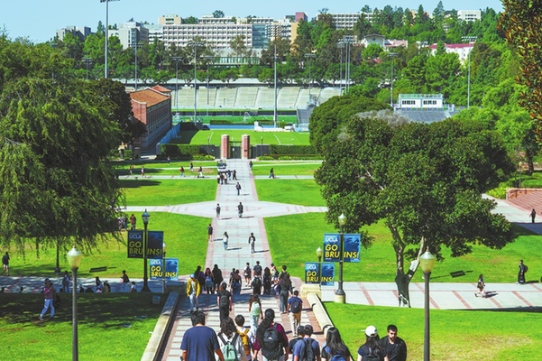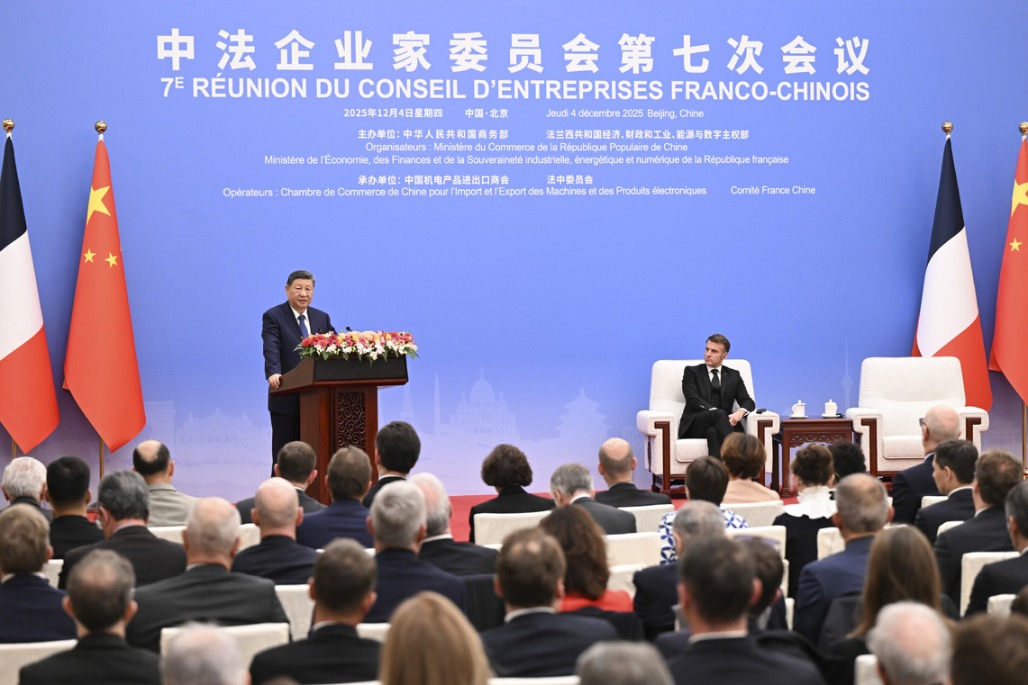Quantum simulation used to solve mysteries of high-temperature superconductivity
Xinhua | Updated: 2024-07-11 17:48
HEFEI -- A team of Chinese scientists has harnessed the capabilities of quantum simulation to delve into the mysteries of high-temperature superconductivity, securing breakthroughs in two frontier technologies at once.
The researchers from the University of Science and Technology of China (USTC) constructed an ultra-cold atomic quantum simulator to address a typical model that depicts the behavior of materials in high-temperature superconductivity.
The complexity of solving this model, also known as fermionic Hubbard, is so profound that even the most formidable supercomputers cannot simulate it efficiently.
The team's work outperformed the computational capabilities of any classical computer, thus demonstrating the quantum supremacy in solving pivotal scientific questions.
The quantum simulator, which uses ultracold particles trapped in optical lattices, observed solid evidence of an anti-ferromagnetic phase transition for the first time in the model, according to the study published on Wednesday in the journal Nature.
The anti-ferromagnetic phase transition is a phenomenon in which, when the system's temperature falls below a critical threshold, the spins of the electrons within the material change from a state of disarray to a structured, alternating pattern.
A quantum simulator that validates this phase transition is the first step towards developing a more advanced one capable of ultimately solving the model.
Superconductivity is a fascinating state in which certain materials exhibit zero electrical resistance when cooled below a certain critical temperature, and the high-temperature superconductors are a class of materials that show superconductivity at significantly higher temperatures than conventional superconductors.
The discovery of high-temperature superconductors could lead to new possibilities for multiple practical applications, including energy storage, power transmission and new modes of transportation.
The result is "an experimental tour de force" that "marks an important step forward for the field," and "could become a notable milestone for modern science and technology and a major breakthrough," commented the paper's peer-reviewer.
























